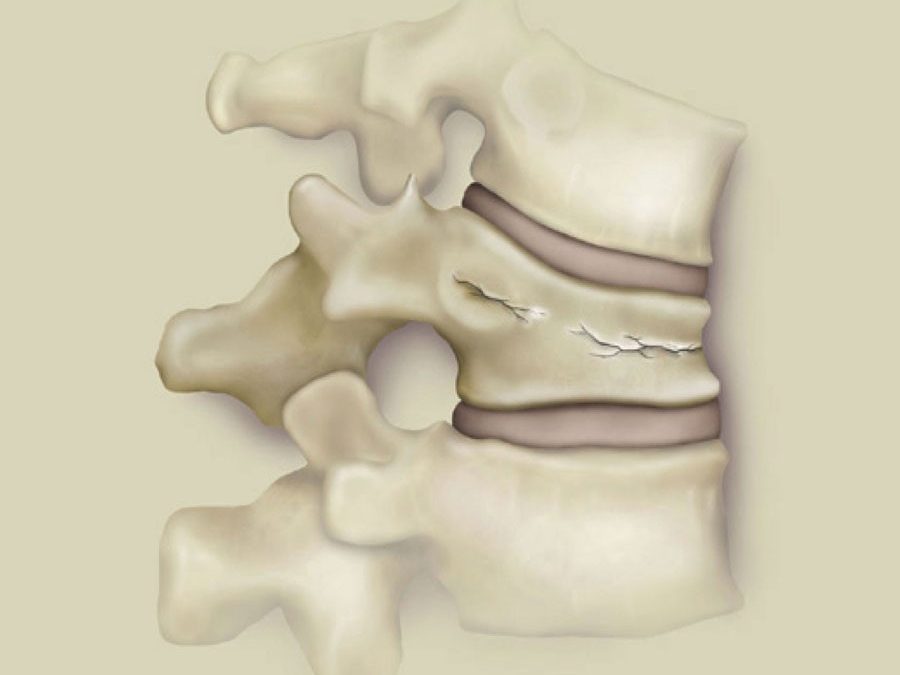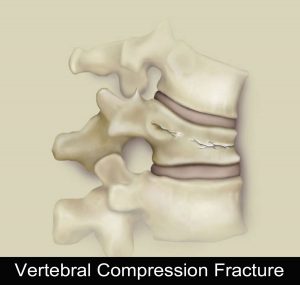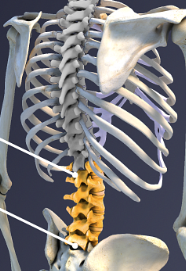When Low Back Pain could be a Compression Fracture

 When Low Back Pain could be a Lumbar Compression Fracture
When Low Back Pain could be a Lumbar Compression Fracture

Low back pain imposes a considerable social and economic burden. It is important to identify serious pathology as quickly as possible. Many practitioners look for “red flags” to identify serious pathology. However, some red flags have very high false‐positive rates, indicating that, when used in isolation, they have little diagnostic value in the primary care setting. We have previously discussed screening tools for cancer and visceral pathology. These are conditions important to rule out. In this blog, we will review two sets of risk factors for the identification of lumbar compression fractures (Henschke et al, 2009; Jarvik & Deyo, 2002; Roman et al, 2010).
The following are 2 sets of criteria to achieve this goal. Also identified are the significance of the criteria in the identification of a lumbar compression fracture
Risk Factors #1:

- Female
- >70 years old
- Sensitivity = 22%
- Specificity = 96%
- Significant trauma
- Sensitivity = 30%
- Specificity = 85%
- Prolonged corticosteroid use
- Sensitivity = 6%
- Specificity = 99.5%
When 1 of 4 risk factors is present:
Sensitivity = 88%, Specificity = 50%, (+) LR = 1.8
When 3 of 4 risk factors are present:
Sensitivity = 38%, Specificity = 100%, (+) LR = 218
Risk Factors #2:
- Female
- >52 years old
- No presence of leg pain
- Body mass index ≤ 22
- No regular exercise
The significance of each of these risk factors were to be determined as follows:
1 of 5 risk factors: Sensitivity = 97%, Specificity = 6%, (+) LR = 1.04, (-) LR = 0.39
2 of 5 risk factors: Sensitivity = 95%, Specificity = 34%, (+) LR = 1.4, (-) LR = 0.16
3 of 5 risk factors: Sensitivity = 76%, Specificity = 68%, (+) LR = 2.5, (-) LR = 0.34
4 of 5 risk factors: Sensitivity = 37%, Specificity = 96%, (+) LR = 9.6, (-) LR = 0.65
5 of 5 risk factors: Sensitivity = 3%, Specificity = 99%, (+) LR = 9.3, (-) LR = 0.97
As one can see, the more risk factors present, the greater the possibility of the presence of a compression fracture. Confirmation of a compression fracture can then be obtained via imaging. However, the lack of risk factors could avoid unnecessary imaging.
For more cutting edge screening and orthopedic information please subscribe to iOrtho+ Premium Web App, visit https://iortho.xyz/
-
Gulick DT. iOrtho+ Mobile App. DTG Enterprises LLC. 2024 -
Gulick, DT. OrthoNotes, 5th FA Davis Publishing, Philadelphia. 2023 -
Henschke et al. Prevalence of, and screening for, serious spinal pathology in patients presenting to primary care settings with acute low back pain. Arthritis & Rheumatology. 2009;60(10):3072-3080 -
Jarvik JG, Deyo RA. Diagnostic evaluation of low back pain with emphasis on imaging. Ann Intern Med. 2002;137:586-597.
-
Roman M, Brown C, Richardson W, Isaacs R, Howes C, Cook C. The development of a clinical decision-making algorithm for detection of osteoporotic vertebral compression fracture or wedge deformity. JMMT 2010;81:45-50.
